Tag: CLI
-
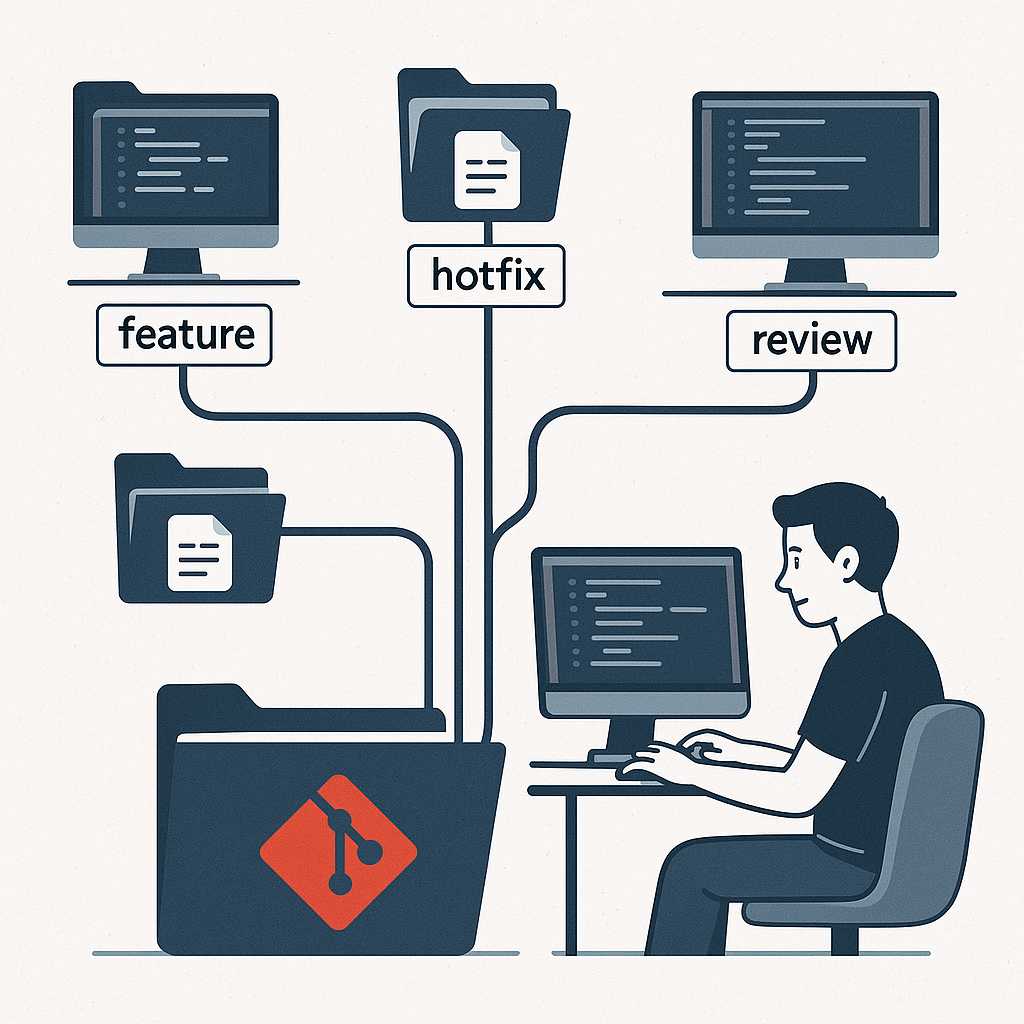
Git Worktrees: Effortlessly Manage Multiple Working Directories
Introduction If you’ve ever wanted to work on multiple features or bug fixes simultaneously without shuffling commits or constantly switching branches, Git’s worktree feature has your back. As a software engineer passionate about Git, I find git worktree indispensable for juggling diverse tasks and experiments in parallel—all within the same repository. In this article, I’ll…
-

Mastering Git Blame: Trace Every Line’s History with Confidence
If you’ve ever wondered, "Who wrote this line of code?" or "When was this change introduced?", then git blame is the tool you need in your Git arsenal. As a software engineer, I’ve found git blame to be invaluable for tracking down bugs, understanding code history, and uncovering the reasons behind tricky lines of code.…
-

Git Cherry-Pick: Selecting Commits Like a Pro
If you’ve ever worked on multiple branches in Git, you’ve likely run into a situation where you wanted to copy a commit from one branch onto another, without merging the whole branch. Enter git cherry-pick—one of Git’s most powerful, yet underused, commands. In this article, I’ll walk you through what cherry-pick does, how to use…
-
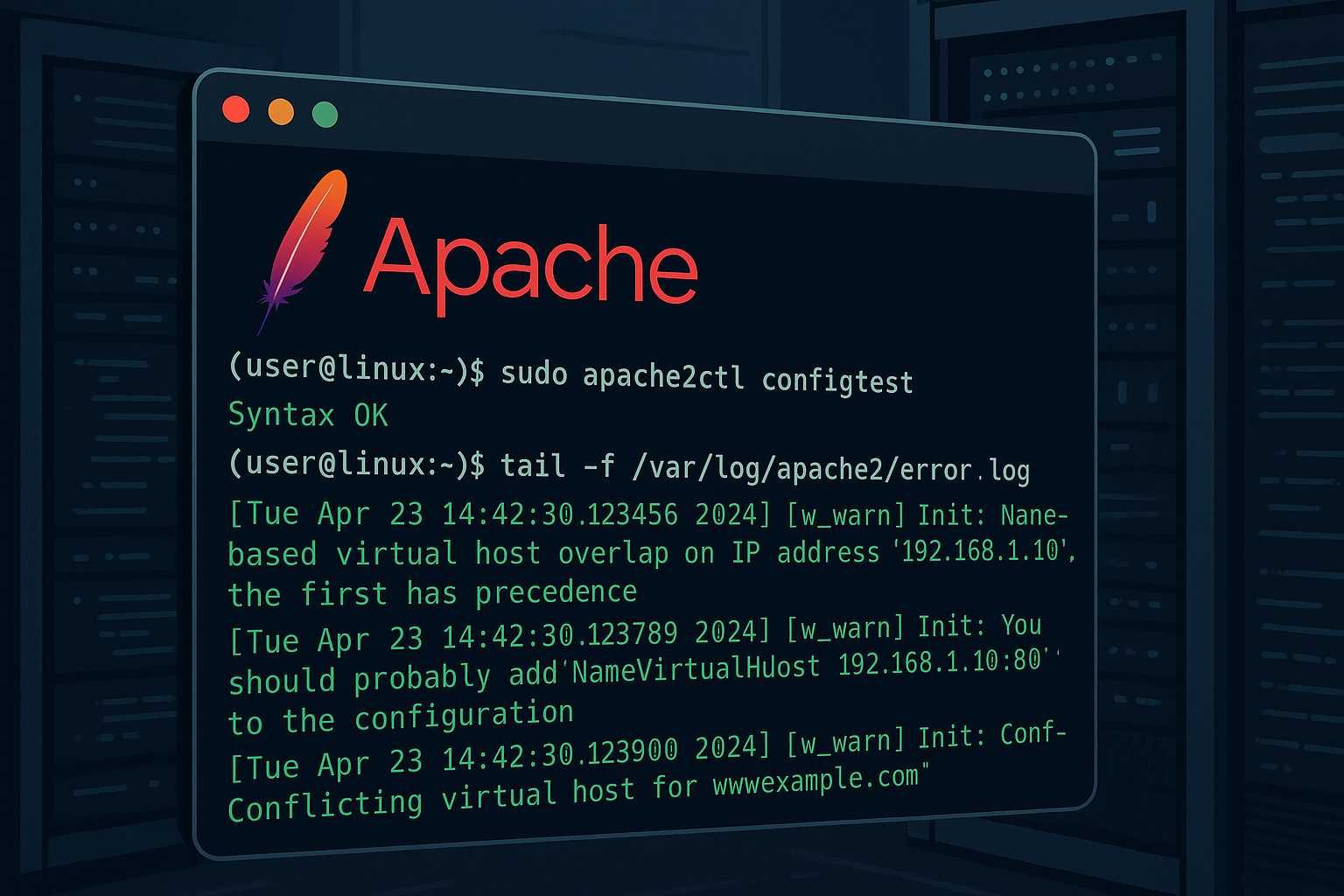
Debugging Apache Virtual Host Issues from the Command Line
Running into problems with Apache virtual hosts? As someone who manages Linux servers primarily via the command line, I often see even seasoned admins get stuck with subtle configuration issues. This article walks you through a practical, command-line-first approach to debugging Apache virtual host problems for any flavor of Linux web server. 1. Verify Virtual…
-

Git Bisect: Debugging Your Project History with Binary Search
Debugging issues in a complex codebase can often feel like searching for a needle in a haystack, especially when you’re unsure when a certain bug was introduced. Thankfully, Git has a built-in tool that can help: git bisect. In this article, I’ll walk you through what git bisect is, how it works, and some tips…
-
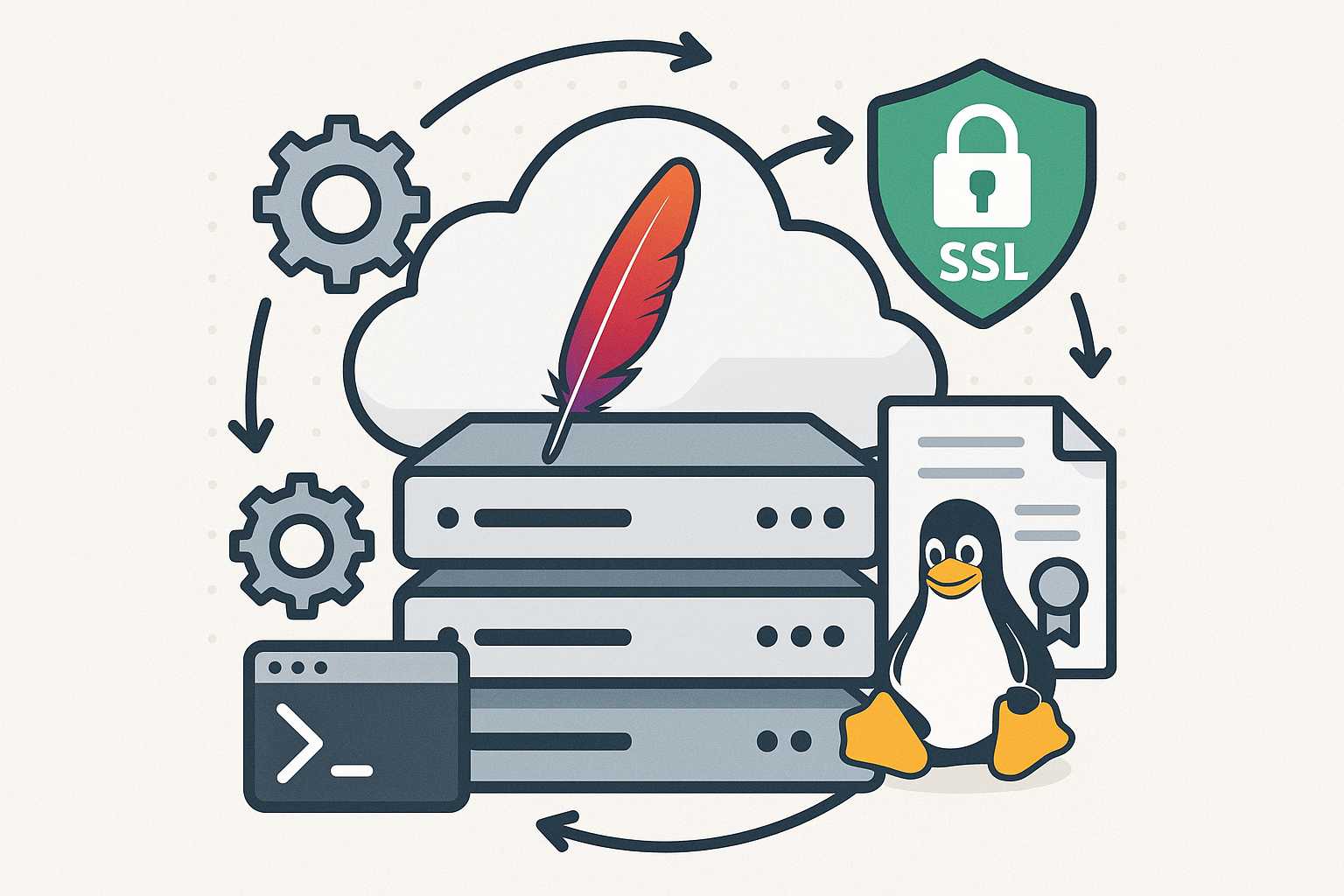
Automating SSL Certificate Renewal for Apache on Linux Servers
Ensuring your websites remain secure with a valid SSL certificate is essential for modern web hosting. However, manually renewing and installing SSL certificates can become a tedious and error-prone process, especially if you manage multiple Apache servers. Luckily, with the right command-line tools and a little automation, you can set up seamless renewals and installations,…
-

How to Gracefully Reload Apache Configuration Without Downtime
When administering Apache web servers, it’s common to tweak configuration files to update virtual hosts, enable new modules, or adjust security policies. However, applying these changes can be nerve-wracking if you’re worried about interrupting service for your users. Fortunately, Apache provides several ways to reload configuration without causing downtime. In this article, I’ll walk you…
-
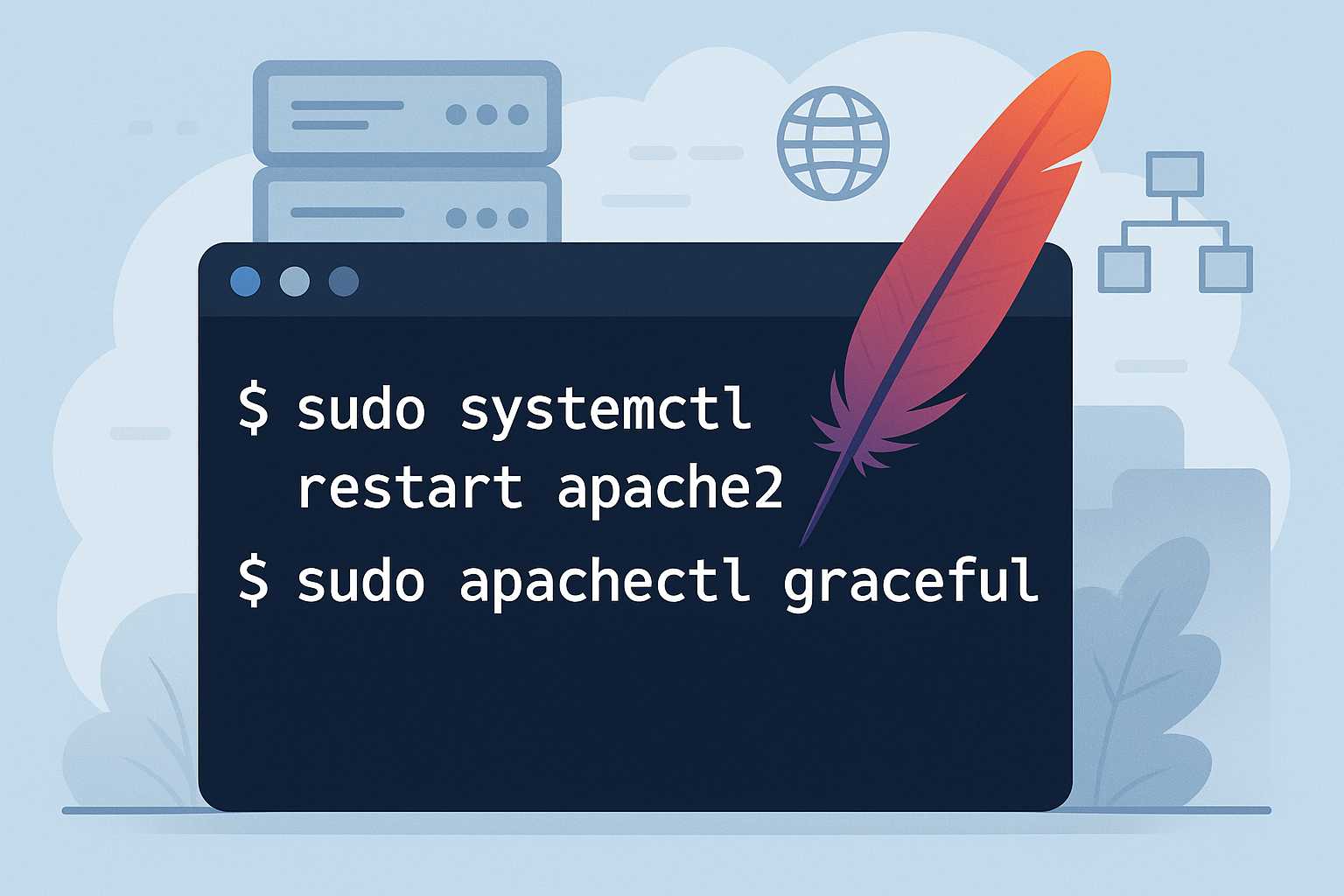
How to Restart Apache Safely from the Command Line
Restarting the Apache web server is a common but critical task for Linux administrators. Whether you’re rolling out a configuration change, adding an SSL certificate, or troubleshooting issues, doing this properly ensures you avoid unnecessary downtime or lost connections. In this article, I’ll walk you through the safest and most effective ways to restart Apache…
-
How to Create and Manage Virtual Hosts in Apache Using the Command Line
As someone who runs Linux servers to host multiple websites, managing virtual hosts with Apache is a day-to-day necessity. Apache’s virtual host functionality allows you to serve multiple sites from a single server, each with their own domain, directory, and configuration. In this article, I’ll walk you through setting up and managing Apache virtual hosts…
-
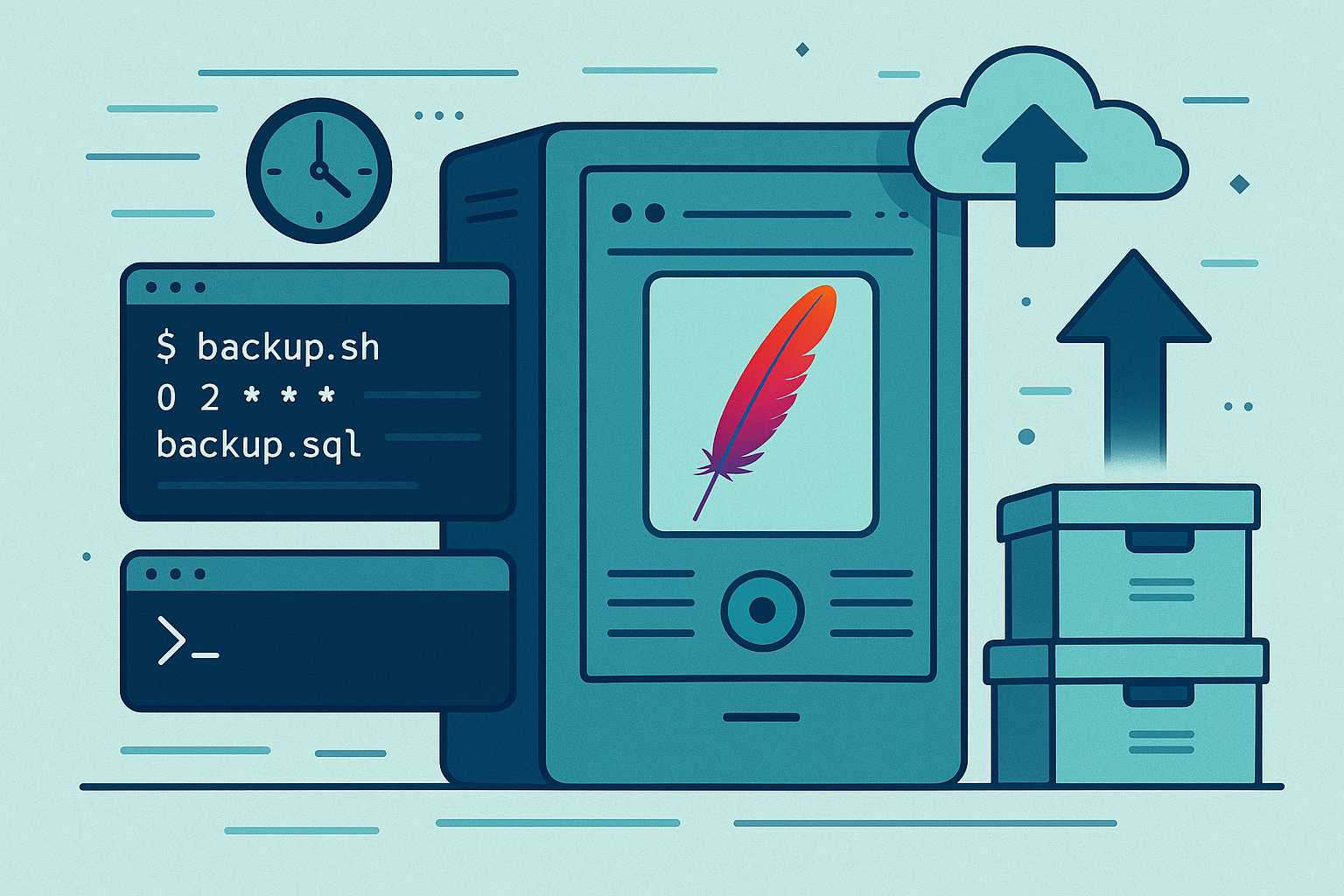
Automating Website Backups on Apache Servers Using Command-Line Tools
As a software engineer managing Linux servers with Apache, one of the most critical responsibilities is ensuring the safety and recoverability of your web site’s data. Automated backups are not only a best practice but essential for disaster recovery and business continuity. In this article, I’ll walk you through a straightforward method to automate website…
